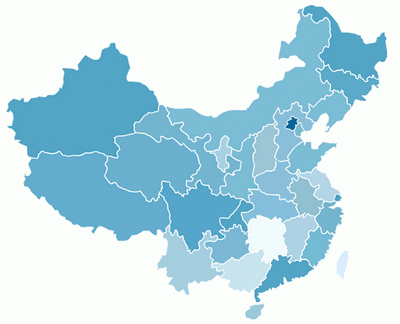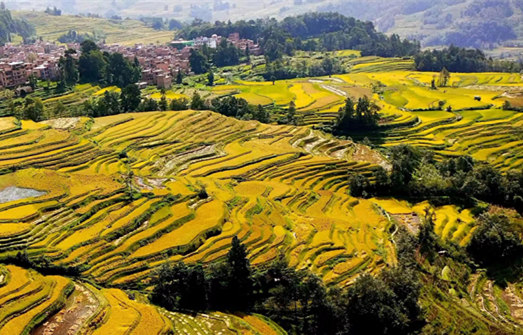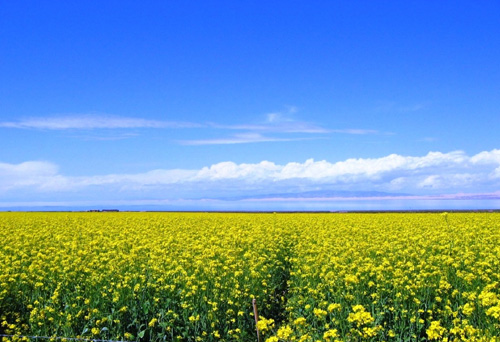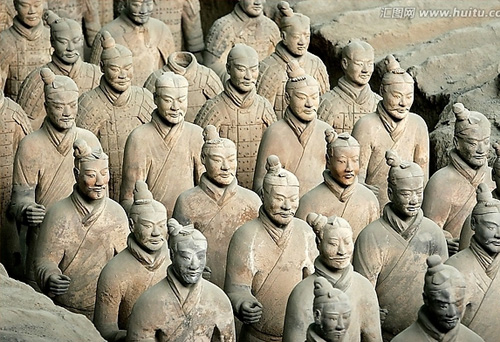Tibetan cuisine
Tibetan cuisine
Tibetan cuisine reflects local climates and customs. Few crops grow at the high altitudes that characterize Tibet, although a few areas in Tibet are low enough to grow such crops as rice, oranges, bananas, and lemon. The most important crop is barley.
Thukpa is mainly consumed for dinner. It consists of noodles of various shapes, vegetables and meat in broth. Tibetan cuisine is traditionally served with bamboo chopsticks, in contrast to other Himalayan cuisines, which are eaten by hand. Small soup bowls are also used, and rich Tibetans fed from bowls of gold and silver.
Meat dishes are likely to be yak, goat, or mutton, often dried, or cooked in a spicy stew with potatoes. Mustard seed is cultivated in Tibet, and therefore features heavily in its cuisine. Yak yoghurt, butter and cheese are frequently eaten, and well-prepared yoghurt is considered something of a prestige item.
As well as consumed in Tibet, varieties of Tibetan dishes are consumed in Ladakh, Sikkim, Arunachal Pradesh and by the Tibetan diaspora in India, and various regions of northern Nepal, such as Mustang.
1.Tsampa
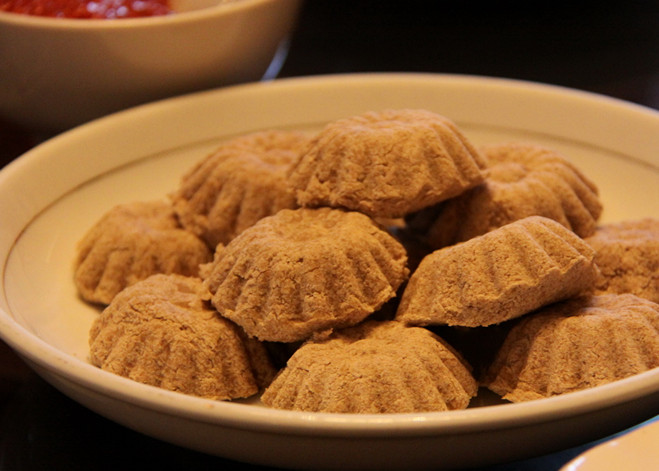
Tsampa is a Tibetan staple foodstuff, particularly prominent in the central part of the region. It is roasted flour, usually barley flour and sometimes also wheat flour. It is usually mixed with the salty Tibetan butter tea.
2.Highland barley wine
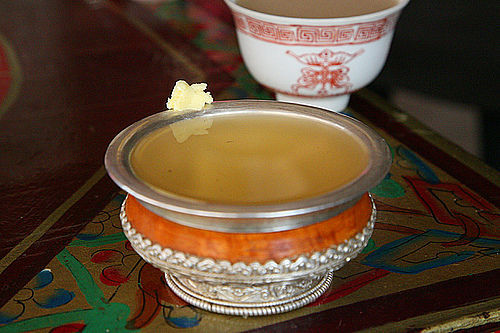
Highland barley, also known as qingke in Chinese, is the principal food grain in southwest China's Tibet. Qingke is traditionally used to make alcoholic spirits or zanba, a staple food for Tibetans made from roasted qingke flour. Highland barley wine is brewed of Highland barley.
3.Butter tea
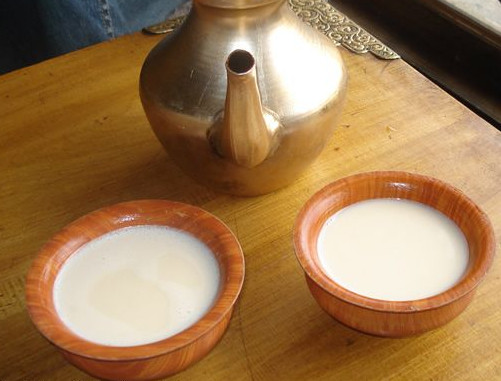
Butter tea also known as po cha, it is a drink of the Tibetans and Chinese minorities in southwestern China. It is also consumed in Bhutan. It is made from tea leaves, yak butter, and salt.
4.Beef and Mutton
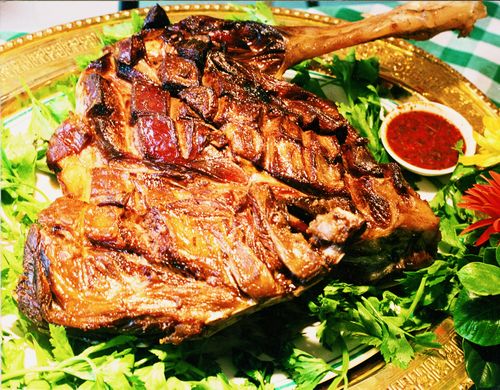
Tibetans live on beef, mutton and milk products. Beef and mutton contain high heat energy which is helpful in fighting the cold. Many Tibetans often eat raw meats.
5.Momos
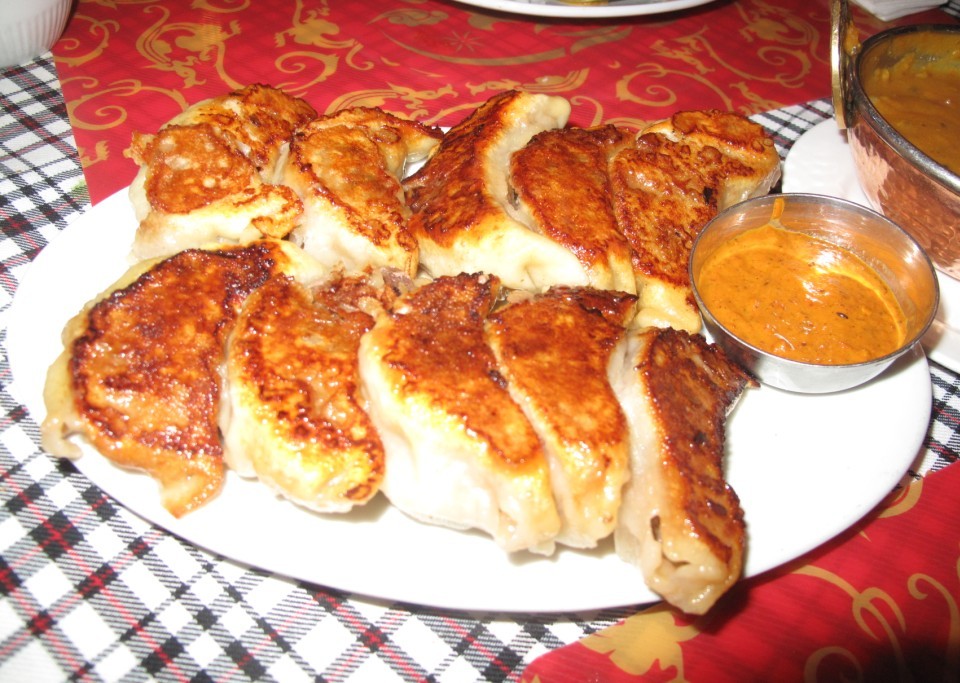
Momos are the favorite foods of most visitors to Tibet. They are dumplings made with either meat or vegetables.
6.Tibetan noodles

Tibetan noodles are usually served in a simple vegetable or meat broth.


